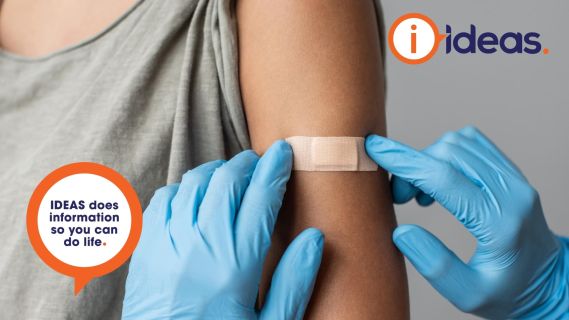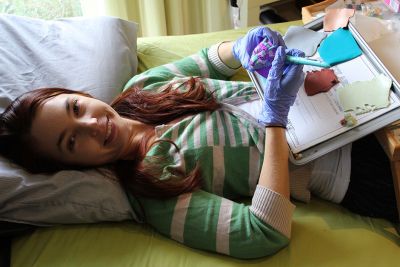All women need to have Cervical Screening Tests every 5 years between the ages of 25 and 74 if they have ever been sexually active. Some women who would prefer not to have a doctor or nurse collect the Cervical Screening Test, may be eligible to self take the sample. This is called a self-collected Cervical Screening Test.
*This article includes sensitive information that may upset some readers.
Routine cervical screening starts at age 25 to help guard against cervical cancer.
Even if you have had the vaccine against HPV (Gardasil), it’s still important to have regular screening.
That’s because the vaccine does not cover all types of HPV, and the vaccine doesn’t treat HPV infections you already have. (For example, if you were exposed through sexual activity before you had the vaccine).
Even after having the vaccine, an abnormal cervical screening test result can occur.
Some women who have a history of sexual assault may be reminded of the event by gynaecological practices such as the Cervical Screening Test, and may avoid routine cervical screening.
Some women who would prefer not to have a doctor or nurse collect the Cervical Screening Test, may be eligible to self take the sample. This is called a self-collected Cervical Screening Test.
Some women with disabilities may face barriers that make having a Cervical Screening Test harder to do. Barriers may include clinic accessibility, physical limitations, competing health needs and informed consent.
A doctor or health professional can provide individual guidance to help overcome some of these barriers.
What is self-collection?
A woman can take her own sample under the supervision of an appropriate healthcare professional.
The sample is taken with an extended cotton swab.
Instructions are provided on how to collect the sample. You are offered a private place to collect your sample, usually behind a screen or in a bathroom at the doctor or other healthcare settings. It is available to women who have never screened for cervical cancer or are overdue for their screening.
Who is eligible?
If you have reason to consider self-collection as an option for your screening, you should talk to your GP to help you decide the best choice for your circumstances.
Self-collection may be an option if:
- you are at least 30 years old
- you have never had a Pap Test or Cervical Screening Test, or
- you are at least 2 years overdue for cervical screening (or your last Pap test was at least 4 years ago).
If you are eligible, your GP will provide you with a swab and explain how to take the sample.
Self-collection is not appropriate if you are experiencing symptoms such as unusual bleeding, pain or discharge.
How effective is a self-test?
Self-collection takes cells from the vagina. A GP or nurse collection takes cells from the cervix.
HPV can be found in both cells from your cervix and cells from your vagina. If HPV is detected in a self-collected sample, you may be
- asked to go back to your GP to have an additional sample of cervical cells collected,
- or referred to a specialist for further tests,
to check if there are any abnormal changes to your cervix.
Test Results
There are 4 possible results, and each requires a different action.
- Low risk (HPV not detected). No high-risk cancer was found on your cervix. Therefore, the possibility of developing cervical cell changes that would need treatment in the next 5 years is very low.
- Intermediate risk. Results show that you do not have the 2 highest risk types of HPV, but that you have another high-risk HPV type. The laboratory will have already examined your sample. They look for abnormal cell changes, and you either have no abnormal cell changes or only low grade/ minor cell changes. A follow-up HPV test 12 months later is required.
- Higher risk. Test results show that you have either of the 2 highest risk types of HRP (Types 16 and or 18). OR, you have a persistent infection with another risk type. It is important to have a further follow-up as you may be highly likely to develop cervical cancer.
- Unsatisfactory. An unsatisfactory test result arises when the sample cannot be examined appropriately. There are many reasons this may happen, including the number of cells being too small, or there may not be enough liquid to carry out all the tests needed. An unsatisfactory result does not mean an abnormality or a positive test, but it is important to repeat a test at the recommended time.
Information sourced from Cancer Council.
For Easy English resources, the article Women's Health Checks includes Easy English.























